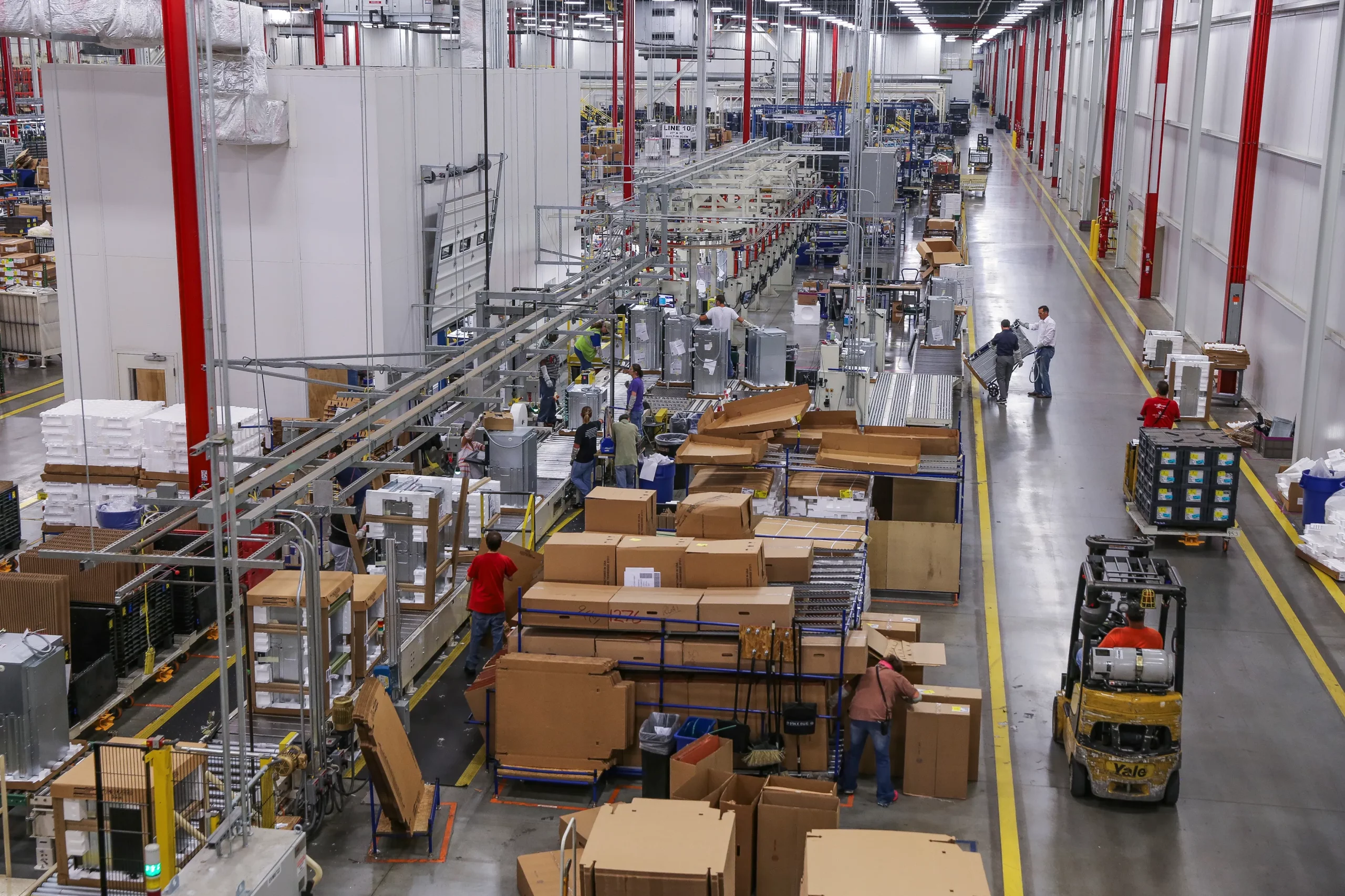In a surprising and concerning development, over 30 manufacturing plants in Kenya have recently ceased operations. This unanticipated departure of manufacturing companies has sounded alarm bells, prompting an urgent call for comprehensive policy reforms and strategic initiatives to revive Kenya’s struggling manufacturing sector.
While the shift towards the services industry has its merits, it underscores the importance of maintaining a balanced economic approach that values both the service and manufacturing sectors equally.
The challenges confronting Kenya’s manufacturing industry are multifaceted and demand a concerted effort from both the government and industry leaders. Addressing the root causes is imperative, starting with the high operating costs, particularly in energy and labor, that have plagued the sector. Additionally, the inadequate infrastructure and lack of government support have hindered the growth and competitiveness of manufacturing companies, especially within the private sector.
A crucial step toward revitalization is the reduction of operating costs, achievable by exploring means to make energy and labor more affordable. Enhanced infrastructure, including transportation and logistics networks, can significantly boost industry efficiency. Enacting favorable policies that promote investment and innovation is essential to create a business-friendly environment.
Given the ever-evolving global economy, Kenyan manufacturers must embrace innovative technologies and sustainable practices to position themselves as leaders in their respective fields. Furthermore, diversifying product lines and expanding revenue streams can enhance the sector’s resilience against market fluctuations and international competition.
In the global landscape, Kenya faces tough competition from both regional and global players. Countries like Ethiopia and Rwanda are heavily investing in their manufacturing infrastructure and providing incentives, posing a threat to Kenya’s industrial development. To counter this trend, Kenya must promptly adapt to new market dynamics, leveraging global supply chains and tapping into technological advancements.
The cornerstone of this resurgence lies in substantial government support. Policy reforms and investment in the manufacturing sector are of paramount importance. A collaborative partnership between the public and private sectors can foster an environment that encourages growth, attracts investment, and promotes innovation. Drawing inspiration from successful industrialization models, such as China, can provide valuable insights into achieving rapid and sustainable growth. While Kenya’s challenges are unique, these insights can play a crucial role in crafting a winning strategy for Kenya’s manufacturing future.
In conclusion, the decline of Kenya’s manufacturing sector serves as a wakeup call, signaling that the time for change and revitalization is now. The government, industry leaders, and all stakeholders must work together to address the challenges facing the manufacturing industry. With the right policies, investments, and a commitment to innovation, Kenya can reclaim its position as a pivotal player in the region’s industrial landscape, ensuring a brighter and more prosperous future for its economy.


















